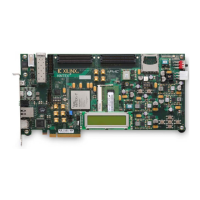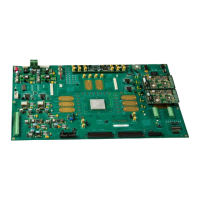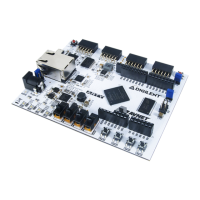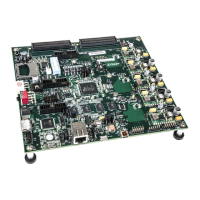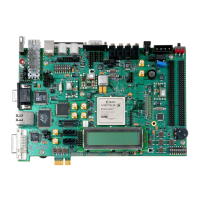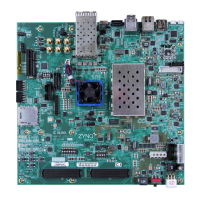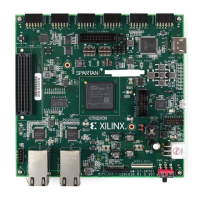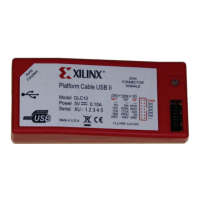26 www.xilinx.com AC701 Getting Started Guide
UG967 (v3.0) July 10, 2013
Advanced Bring-up with Base Targeted Reference Design
Linux Driver Installation
The following sections describe installing the device drivers for the Artix-7 FPGA base
TRD after completion of the prior steps.
1. If the Fedora 16 Linux OS is currently installed on the PC, boot as a root-privileged
user and skip to step 4.
2. To boot from the Fedora 16 LiveDVD provided in the kit, place the DVD in the PC
DVD-ROM drive. The Fedora 16 Live Media is for Intel-compatible PCs. The DVD
contains a complete, bootable 32-bit Fedora 16 environment with the proper packages
installed for the TRD demonstration environment. The PC boots from the DVD-ROM
drive and logs into a liveuser account. This account has kernel development root
privileges required to install and remove device driver modules.
Note:
It might be necessary to adjust the PC BIOS boot order settings to ensure that the
DVD-ROM drive is the first drive in the boot order. Refer to the PC user manual for the proper
procedure to set the BIOS boot order.
The PC should boot from the DVD-ROM drive. The images in Figure 19 are seen on the
monitor during startup.
3. After Fedora boots, open a terminal window (click Activities > Application, scroll
down, and click the Terminal icon).
To determine if the PCIe integrated block is detected, at the terminal command
prompt, type:
$ lspci
The lspci command displays the PCI and PCI Express buses of the PC. On the bus
corresponding to the PCIe connector holding the AC701 board, look for the message:
Memory controller: Xilinx Corporation Device 7042
This message confirms that the design programmed into the AC701 board is detected
by the BIOS and the Fedora 16 OS. The bus number varies depending on the PC
motherboard and slot used.
X-Ref Target - Figure 19
Figure 19: Fedora 16 LiveDVD Boot Sequence
UG967_19_111212
First Screen Last Boot Screen Boot Complete
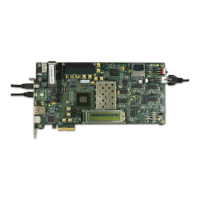
